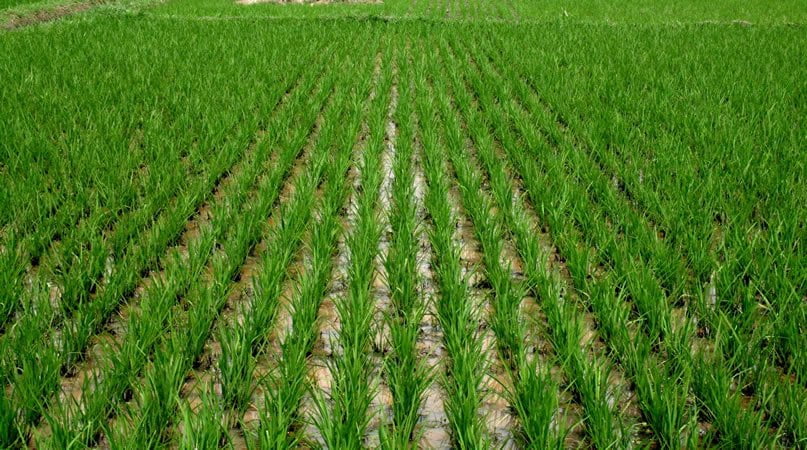

In response to these challenges and problems, sustainable practices and programs are being promoted, such as Global G.A.P, VietGAP and the Sustainable Rice Platform (SRP) standards 12, 13. In Southeast Asian countries, most rice fields are fragmented with small plot sizes of about 0.1–2 ha, causing low energy efficiency and productivity 10, 11. The current overuse of chemical inputs in rice production in Vietnam, such as fertilizers and pesticides, has adverse effects on biodiversity, the environment and human health 7– 9. In addition, there are concerns about the effects of intensification of cereal cropping on biodiversity 6. Vietnam produces 6% of the global rice supply 1. These challenges and problems of rice production are applicable in Vietnam, which is one of the top rice-exporting countries. Flooded rice production has a substantial environmental footprint, such as contributing 1.5% to global GHGEs 5. However, rice production currently faces many serious challenges, such as climate change, labor shortage, water shortages and loss of crop lands because of increased urbanization and industrialization 3, 4. Demand for rice is estimated to double when the global population reaches 9 billion by 2050 2. Rice is the main crop and major staple food of many Asian countries with global production at about 505 million tons annually 1. Mechanized transplanting is a technology package that should be promoted to improve the economic and environmental sustainability of lowland rice cultivation in the Mekong River Delta of Vietnam. Mechanized transplanting required higher inputs, including machine depreciation and fuel consumption, but its net energy balance, net income and GHGE were at a similar level as the other non-mechanized planting practices. It also led to a 30–40% reduction in pesticide use during the main crop season (WS). In comparison with direct seeding methods, mechanized transplanting decreased the seed rate by 40%. Across the four treatments, yields ranged from 7.3–7.5 Mg ha −1 and 6.2–6.8 Mg ha −1 in the Winter-Spring (WS) and Summer-Autumn (SA) seasons, respectively.

The indicators including energy efficiency, agronomic use efficiency, net income, and greenhouse gas emissions (GHGEs) were quantified based on four treatments including manual broadcast-seeding, blower seeding, drum seeding, and mechanized transplanting. In this study, two seasons of field trials were conducted to compare different crop establishment practices for rice production in the Mekong River Delta using environmental and economic sustainability performance indicators. Overuse of seed and chemical inputs is a major constraint for sustainable rice production in Vietnam.


 0 kommentar(er)
0 kommentar(er)
